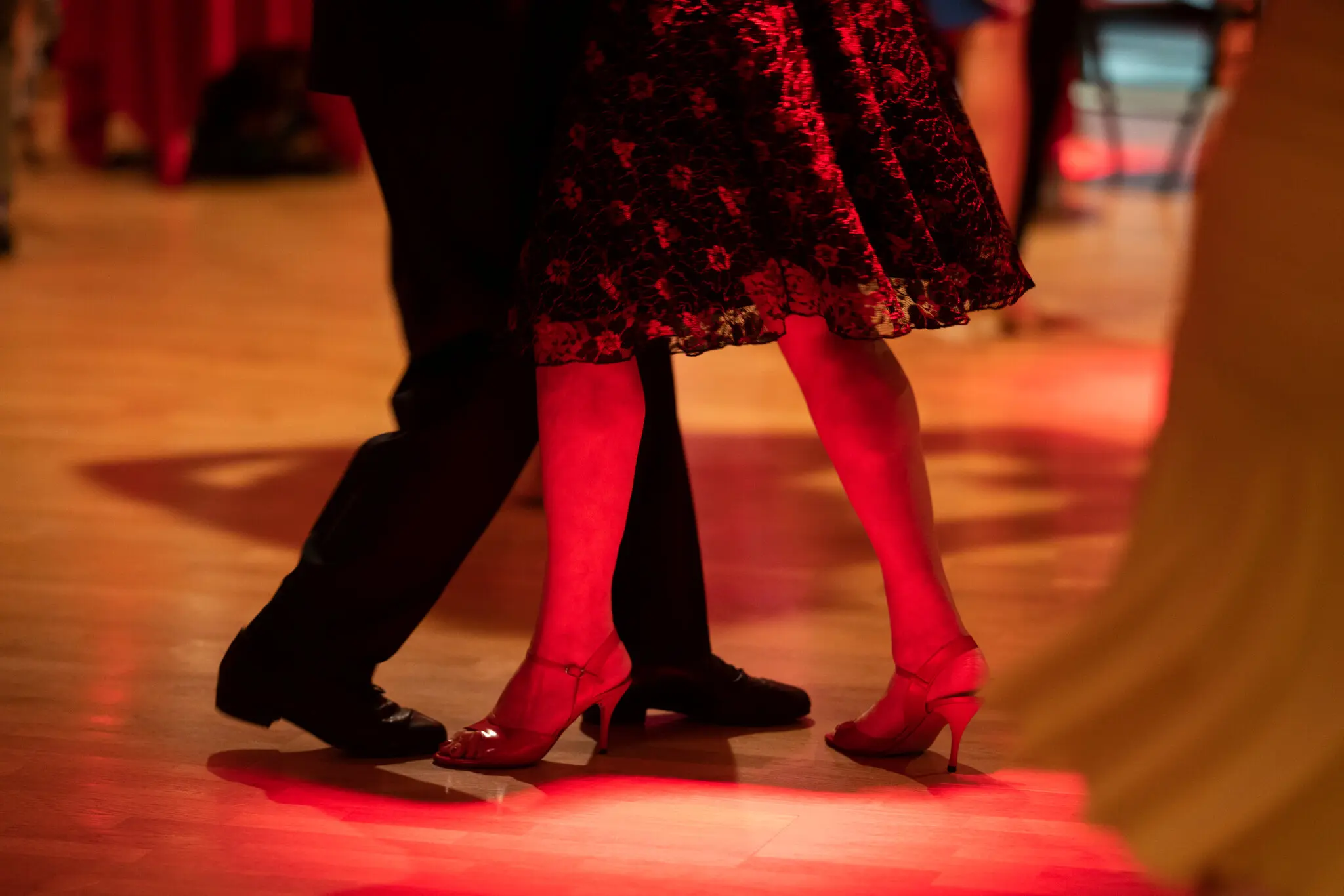
A FOOTBALL MATCH between France and Italy in the New York Stadium might be expected to entice a few jaded Manhattanites away from their Sunday brunches. But they can stick to their lattes and cream cheese bagels. This particular New York Stadium is far away from the skyscrapers and hustle of the Big Apple. It is in Rotherham, in South Yorkshire, in an area of town where a foundry once made fire hydrants for the American city (the old York is 38 miles, or 62km, away). The match on July 10th is one of the opening clashes in the women’s Euro 2022 championship.
With the men’s World Cup delayed until the winter, thanks to fifa’s eccentric decision to hold the tournament in Qatar, one of the world’s hottest places, the women’s game can enjoy a rare few weeks in the limelight. (This 16-team Euro competition, originally due to take place last year, was postponed because of the covid-19 pandemic.) At the same time, the Women’s Africa Cup of Nations is being held in Morocco, with 12 countries having qualified for the finals.
tv audiences for women’s football have been building, with England’s Women’s Super League averaging 125,000 viewers a game, according to Sky Sports, the satellite broadcaster. The Euro audiences are likely to be measured in the millions, given that England’s games are being broadcast on bbc One, the main terrestrial channel. Crowds should also be plentiful: 500,000 tickets have been sold so far. The opening match, between England and Austria at Manchester United’s Old Trafford ground, drew a crowd of almost 69,000. Enthusiasm is just as great in some other countries: in March more than 91,000 people attended Barcelona’s clash with Real Madrid in the uefa women’s Champions League.
Women’s football has struggled to get recognition in the face of dismissive male attitudes. In 1921, England’s Football Association banned women’s matches from its grounds because the game was “unsuitable for females”. The ban was not lifted until 1971. In the 50 years since, progress towards equality has been slow, but has picked up lately. Earlier this year, the American women’s team reached a settlement with their national authorities that guaranteed them equal pay with their male counterparts. The American women have been extremely successful at the women’s World Cup, which was established in 1991; the tv audience for the 2019 World Cup reached 1.1bn. This popularity has been matched by greater participation at the grassroots level: fifa, the game’s global governing body, aims to double the number of women playing the game to 60m by 2026.
As the home country for the Euros, England are one of the pre-tournament favourites, but the Lionesses are only ranked eighth in fifa’s world list. Five other European teams (Sweden, France, the Netherlands, Germany and Spain) are ranked above them, although they all sit behind America, which is top. England duly won their opening match, although the team’s performance was not entirely convincing. Victory was secured by a single goal that required technology to be verified.
Historically, Germany has dominated this tournament, winning seven times as a united country and once as West Germany. Of the other four tournaments, Norway has won two, and Sweden and the Netherlands (the reigning champions) one each. In the opening stage Germany have been placed in Group B, which has been dubbed this tournament’s “group of death” as it also contains Spain and Denmark, who reached the final in 2017. England will play either the winners or the runners-up from this group in the quarter-finals if they qualify from Group A.
Picking a winner is hard. One of several teams could lift the trophy at Wembley on July 31st. (This columnist suggests readers keep an eye out for Sweden, ranked second in the world and last year’s Olympic silver-medallists.) That should mean a highly competitive tournament that will attract viewers and further increase interest in the sport. Millions of girls across Europe will be watching, and many will be inspired to take up the game. And that will be extremely good for the long-term development of women’s football.
By The Economist




